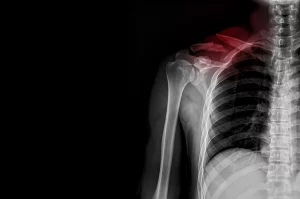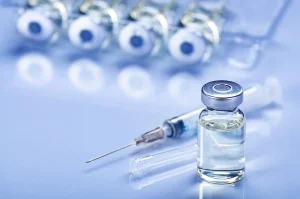Children and teens who identify as transgender or gender non-conforming are more likely to be diagnosed with mental health woes, new research suggests.
People who are transgender or gender non-conforming have a gender identity that’s different from the one they were at birth. For some, this may mean a gender identity that’s opposite the sex they were at birth. For others, it may mean not identifying with a specific gender at all.
“Youth out there are struggling with difficult situations related to gender identity. It’s the pressure to fit in, meeting expectations from parents or peers, or their own expectations of who they think they should be that could be increasing the stress on these youth,” explained study author Tracy Becerra-Culqui. She is a post-doctoral research fellow at the Kaiser Permanente Southern California department of research and evaluation.
Dr. Hansel Arroyo, director for the Center for Transgender Medicine and Surgery at Mount Sinai Medical Center in New York City, said, “This isn’t necessarily new data. Transgender youth and adults have higher rates of mood disorders, like depression and anxiety.”
He added that transgender people also have a much higher rate of suicide.
Arroyo agreed that how transgender people are treated has a big impact on their mental health.
“If you come out and don’t become accepted, it can be very damaging. And, then in the community, you’re constantly bombarded with discrimination. It’s like, how many hits can you take before you develop depression or an anxiety disorder,” he said.
In the study, the overall rate of mental health conditions in transgender and gender non-conforming youth was three to 13 times higher than in those whose gender matched the one they had at birth.
The study authors found that depression rates were 49 percent in trans-feminine youth and 62 percent in trans-masculine youth. Trans-feminine are people whose birth gender was male. Trans-masculine people are those whose birth gender was female.
Those depression rates were four to seven times higher than they were in typical youth, the researchers said.
The rates of attention-deficit disorder were 15 percent for trans-feminine youth and 16 percent for trans-masculine youth. Those numbers were three to seven times higher than for the matched group of typical kids and teens, the findings showed.
The researchers used electronic medical records to identify almost 600 trans-feminine and nearly 750 trans-masculine children and teens who had been seen at Kaiser Permanente sites in California or in Georgia. There was also an age-matched typical youth group, for comparison.
The findings were published online April 16 in the journal Pediatrics.
A second study in the same issue of the journal looked at almost 82,000 high school students in Minnesota in 2016. The researchers searched for experiences of childhood adversity. Then the information was sorted by sexual and gender identity.
The study found that, compared to heterosexual teens, those who were lesbian, gay, bisexual, transgender or questioning (LGBTQ) or gender non-conforming were much more likely to experience physical abuse or witness domestic violence.
Study author Laura Baams, from the University of Groningen in the Netherlands, said, “The study hypothesizes that LGBTQ and gender non-conforming youths’ parents may respond to their child’s sexual orientation and gender identity in a negative way.”
Arroyo said the findings from both studies show how important it is to “create medical environments that aren’t stigmatizing” so that people have a safe space to seek help.
Becerra-Culqui said it’s important for transgender youth to know that they’re not alone. It’s a good idea to try to find support groups for transgender and non-conforming teens so that they see “other people just like them experiencing the same feelings and questions,” she said.
More information
Learn more about gender identity and expression and being transgender from the American Psychological Association.
Source: HealthDay
Copyright © 2025 HealthDay. All rights reserved.

















